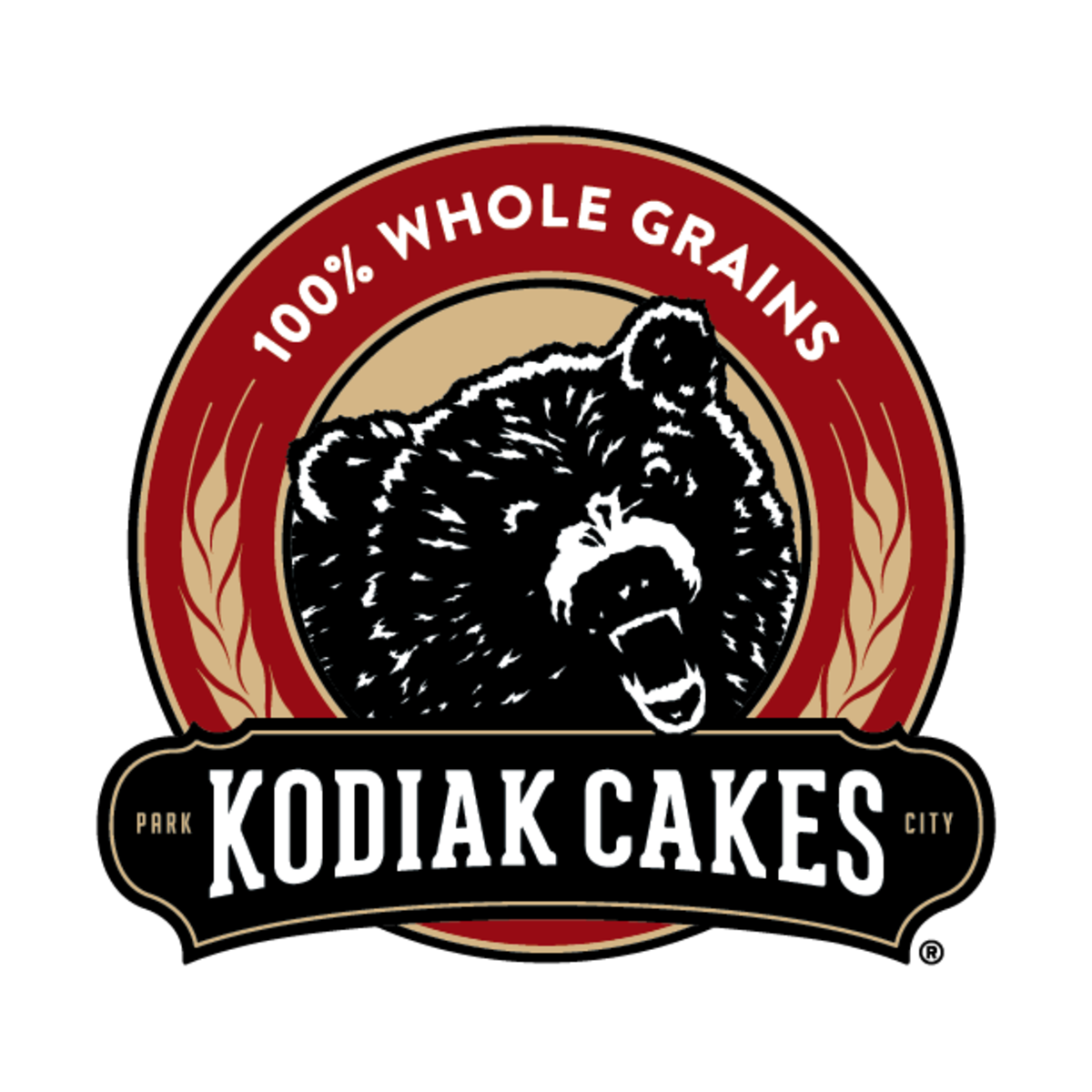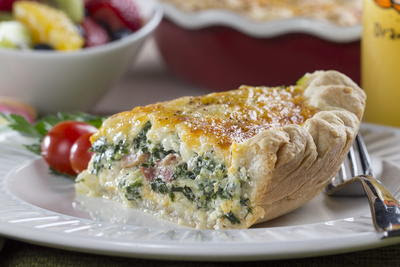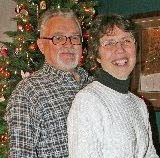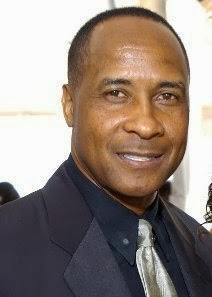Glasses, also known as eyeglasses or spectacles, are vision eyewear, consisting of clear lenses mounted in a frame that holds them in front of a person's eyes, typically utilizing a bridge over the nose and hinged arms (known as temples or temple pieces) which rest over the ears.
Glasses are typically used for vision correction, such as with reading glasses and glasses used for nearsightedness; however, without the specialized lenses, they are sometimes used for cosmetic purposes.
The earliest recorded comment on the use of lenses for optical purposes was made in 1268 by Roger Bacon, who was also the first European to have described in detail the process of making gunpowder.
The first eyeglasses were estimated to have been made in northern Italy, most likely in Pisa, by about 1290: In a sermon delivered on 23 February 1306, the Dominican friar Giordano da Pisa (c. 1255–1311) wrote "It is not yet twenty years since there was found the art of making eyeglasses, which make for good vision ... And it is so short a time that this new art, never before extant, was discovered. ... I saw the one who first discovered and practiced it, and I talked to him."
Giordano's colleague Friar Alessandro della Spina of Pisa (d. 1313) was soon making eyeglasses. The Ancient Chronicle of the Dominican Monastery of St. Catherine in Pisa records: "Eyeglasses, having first been made by someone else, who was unwilling to share them, he [Spina] made them and shared them with everyone with a cheerful and willing heart." Venice quickly became an important center of manufacture, especially due to using the high quality glass made at Murano. By 1301, there were guild regulations in Venice governing the sale of eyeglasses and a separate guild of Venetian spectacle makers was formed in 1320. In the fourteenth century they were very common objects: Francesco Petrarca says in one of his letters that, until he was 60, he didn't need glasses, and Franco Sacchetti mentions them often in his Trecentonovelle.
The earliest pictorial evidence for the use of eyeglasses is Tommaso da Modena's 1352 portrait of the cardinal Hugh de Provence reading in a scriptorium. Another early example would be a depiction of eyeglasses found north of the Alps in an altarpiece of the church of Bad Wildungen, Germany, in 1403. These early glasses had convex lenses that could correct both hyperopia (farsightedness), and the presbyopia that commonly develops as a symptom of aging. Although concave lenses for myopia (near-sightedness) had made their first appearance in the mid-15th century, it was not until 1604 that Johannes Kepler published the first correct explanation as to why convex and concave lenses could correct presbyopia and myopia.
Early frames for glasses consisted of two magnifying glasses riveted together by the handles so that they could grip the nose. These are referred to as "rivet spectacles". The earliest surviving examples were found under the floorboards at Kloster Wienhausen, a convent near Celle in Germany; they have been dated to circa 1400.
The world's first spectacle specialist shop opened in Strasbourg (then Holy Roman Empire, now France) in 1466.
- 1 refrigerated pie crust (from a 17-ounce package)
- 1 1/2 cups (6 ounces) shredded cheddar cheese
- 1 1/2 cups (6 ounces) shredded Swiss cheese
- 1/2 cup real bacon bits
- 1 (10-ounce) package frozen chopped spinach, thawed, drained, and squeezed dry
- 3 eggs
- 1 1/2 cups half-and-half
- 1 teaspoon onion powder
- 1/4 teaspoon black pepper
- 1/4 teaspoon ground nutmeg
- Preheat oven to 350º. Place pie crust in a 9-inch deep dish pie plate and flute edges.
- In a medium bowl, combine cheddar and Swiss cheeses; sprinkle half the mixture into bottom of pie crust. Sprinkle bacon bits over cheese, top with spinach, then remaining cheese.
- In the same bowl, combine eggs, half-and-half, onion powder, and pepper; beat until thoroughly mixed. Pour into pie crust; sprinkle with nutmeg.
- Bake 40 to 45 minutes, or until a toothpick inserted in center comes out clean.
- Remove from oven and cool on a wire rack 5 minutes before cutting and serving.



Flapjacks were a staple of pioneers pursuing new lives on the frontier. Packed with nutrients and energy, flapjacks provided the fuel they needed to withstand the often arduous trails.
Stacked high, flapjacks remind us of mornings in grandma’s kitchen when the coffee was fresh. We topped them with fresh blueberries and real maple syrup. Maybe today you add pecans or walnuts, thick-sliced bananas, and your favorite nut butter. Fresh whipped cream always makes flapjacks seem extra special, too.
No matter where you go, the flavor and aroma of hot off-the-griddle flapjacks never go wrong. They’ll fuel you up for a day of hiking, playing, exploring, and celebrating, too!
HOW TO OBSERVE
- Mix up a batch of flapjacks and invite the family to add their favorite toppings.
- Share your most enjoyable memories and the best ways to serve them up, too!
- Take a photo of your flapjack meal. Do you add chocolate chips or peaches? How tall is your stack – three, four, maybe five high?
NATIONAL FLAPJACK DAY HISTORY
Kodiak Cakes founded National Flapjack Day in 2020 to celebrate the celebrate a healthier flapjack to fuel our consumers’ daily frontier, whatever and wherever that may be.
founded National Flapjack Day in 2020 to celebrate the celebrate a healthier flapjack to fuel our consumers’ daily frontier, whatever and wherever that may be.
Everyone loves flapjacks, they’re filling and delicious, but now there’s an even better reason to eat them all day long. This March 7th, join Kodiak Cakes in celebrating National Flapjack Day — but it’s not just a celebration of all things syrup, butter, and breakfast. It’s an excellent excuse to indulge in a staple food that’s been an important part of adventures of any size since the days of the frontier.
Before over-processed ingredients and nutrient-deprived grains, meals needed to be balanced, hearty, and full of ingredients that could keep folks going. That’s the legacy Kodiak Cakes is dedicated to preserving through our flapjack mix, a mix that began with our founder Joel Clark and a small red wagon.
Back then, he took to the neighborhood streets to sell brown bags of his mother’s heirloom recipe. Today, Kodiak Cakes has taken that same dedication to the national spotlight. So, grab a stack, split a few silver dollars, or fill a plate with your favorite flavor – Happy National Flapjack Day.
















